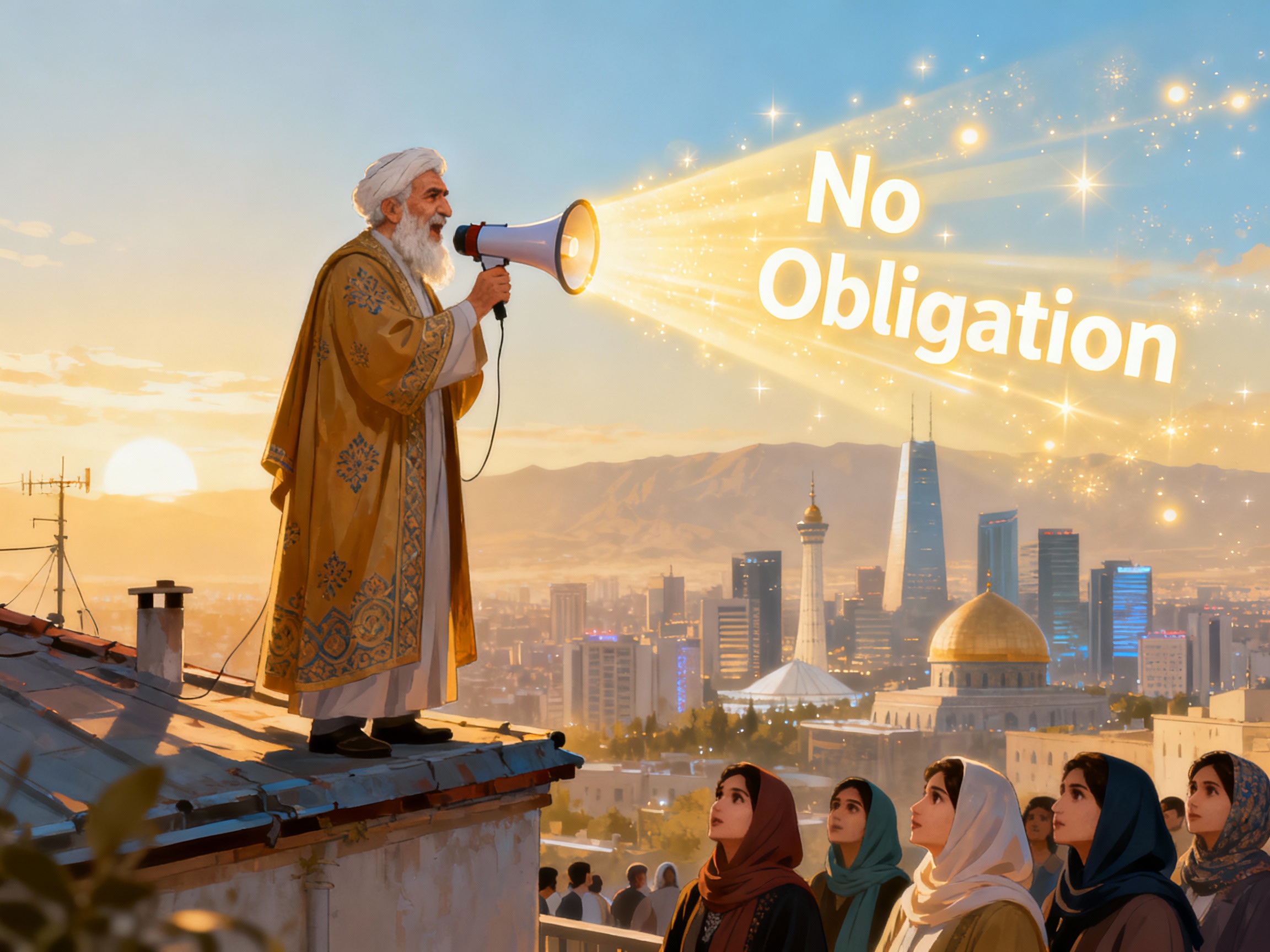
Introduction
Three years ago, the death of young Kurdish woman Mahsa Amini in the custody of the morality police shook Iran. The slogan "Woman, Life, Freedom" temporarily united thousands of people who took to the streets demanding change. Although street protests were suppressed, their spark did not die out. It transformed into a quiet but massive form of civil disobedience that is now changing the face of Iranian cities and forcing the ruling regime to make surprising compromises.
From Street Anger to Quiet Disobedience: Transformation of Protest
The protests that began in September 2022 were brutally suppressed. According to independent sources, hundreds of demonstrators were killed within a few months, thousands were imprisoned, and several people were executed. It seemed that the authorities once again crushed dissent with force.
However, unlike previous waves of discontent, these protests gave rise to a qualitatively different phenomenon. After the streets emptied, another, no less important phase of resistance began. Women across the country, especially in major cities, began to massively refuse to wear hijabs in public places. This became not an episodic act of bravery but a new social norm.
"Resistance to the strict dress code existed before, but it was episodic... Now a significant number of women no longer comply with the strict rules," notes the BBC. As Iranian lawyer Samaneh Savadi explained, the struggle is no longer just about "a piece of cloth": "It's about how the state imposes control over women's bodies and choices."

The Authorities at a Dilemma: Law and Reality
The authorities' reaction to this mass disobedience was ambivalent and revealed a deep crisis in their strategy.
Legislative swings. In 2023, the parliament approved a strict "Hijab and Chastity Law," which provided for even harsher punishments for violators. However, mass discontent and resistance forced the government to postpone its implementation. This step is indicative: the regime realized that the total application of force is fraught with a new explosion.
Throw-in tactic and signals. In October 2025, a member of the influential Expediency Council, Mohammadreza Bahonar, publicly stated that "there is no longer a legal obligation to wear a hijab in Iran" and that this would not entail fines or other consequences. This statement was instantly picked up by the media, but as experts explain, it is not an official repeal of the law. Formally, Article 638 of the Penal Code, which punishes appearing without a hijab, continues to apply. It is more of a signal intended to calm society without abandoning ideological foundations.
Change in punitive tactics. The morality police, once the main symbol of coercion, was renamed and in major cities practically ceased to operate in patrols. The authorities tried to regain control using technology - surveillance cameras, facial recognition systems, and fines sent by mail. But, according to Orientalist Nikita Smagin, "none of this worked."
Key Events Surrounding the Hijab in Iran (2022-2025)
| Event | Year | Significance and Consequences |
|---|---|---|
| Death of Mahsa Amini and "Woman, Life, Freedom" protests | 2022 | Became a catalyst for mass civil disobedience and rejection of the hijab. |
| Parliament's adoption of the "Hijab and Chastity Law" | 2023 | An attempt by the authorities to tighten punishment, met with a wave of resistance. |
| Suspension of the new law | 2024-2025 | A forced concession by the authorities, fearing a new wave of protests. |
| M.R. Bahonar's statement on the absence of legal obligation | 2025 | A signal of a softening approach, but not an official repeal of the ban. |
Iran Today: The Gap Between Urban Reality and Official Norm
Today, the appearance of Tehran and other major cities in Iran has changed significantly. "I go out without a headscarf, in pants and a short jacket. No one says anything," says one resident. Women without hijabs can be seen in parks, shopping malls, cafes. They freely pass through airport security, visit banks, and government institutions.
This has become possible because, as Israeli historian Alexander Greenberg notes, "the regime cannot officially repeal these laws, as it would undermine the very foundations of the Islamic regime, but it also cannot effectively oppose the changes occurring in society." The authorities are trapped: they are forced to accept the new reality to maintain fragile stability amid severe economic problems and geopolitical tensions.
Conclusion: What's Next?
The situation with the hijab in Iran is a vivid example of how societal persistence can force even the most rigid regime to make concessions. There is no official ban, but it has not been repealed either. The country lives in a state of legal uncertainty, where the personal bravery of thousands of women daily outlines new boundaries of freedom.
Does this mean victory? Not quite. As Iranian women themselves note, removing the headscarf is just the first step. "The headscarf is off, but the level of women's employment is still low... Until the laws change, until women are no longer afraid to simply go outside - nothing will truly change," says Aliya. The struggle for "woman, life, freedom" continues, having moved from squares and avenues to everyday life, where each refusal to wear a hijab is a quiet but confident act of resistance.

Leave a comment
Comment